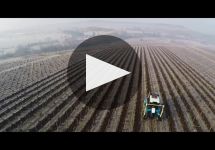William Fevre Chablis Vaillons Premier Cru 2021
- Vinous
- Decanter
-
Jasper
Morris -
Robert
Parker -
Wine
Spectator



Product Details
Your Rating
Somm Note
Winemaker Notes
Pronounced nose of fruit and flowers, with lovely freshness and a few mineral touches. Generous palate, with lovely roundness.
Professional Ratings
-
Vinous
The 2021 Chablis Vaillons Premier Cru, which comes from around 12 parcels, 3.5 hectars, two-thirds within the "Vaillons" climts in the heart of the appellation. This has a slightly yeasty nose at the moment, not a million miles away from the Montmains in style. The palate is slightly different with a little more frisson and tension, just a touch more length on the finish. This should develop nicely in bottle.
Barrel Sample: 91-93 -
Decanter
Didier Seguier says that this is from a sunny terroir but in a cold vintage. It is certainly very attractive with the acidity balancing, and complimenting, the generosity of the fruit. White flowers and a touch of pear/white peach on the palate. Very precise and nice mineral undertow. A really fine example, mostly from the Vaillon sector within the wider Vaillon Premier Cru.
-
Jasper Morris
Mostly in the heart so an early site. Pale lemon and lime, with a very elegant nose that speaks of dainty little stones. Not at all blockbuster. Quite concentrated with a firm, stony feel at the back, then some white fruit to finish. Fills out very well at the back, superior to Montmains today. Drink from 2025-2030.
Barrel Sample: 91-93 -
Robert Parker's Wine Advocate
The 2021 Chablis 1er Cru Vaillons reveals a perfumed bouquet of white flowers, citrus zest, crisp orchard fruit and shells, followed by a medium to full-bodied, satiny and seamless palate that's bright and charming, with a pure, elegant profile. This has turned out beautifully.
-
Wine Spectator
There's breadth to this white, whose green melon, apple and light honey flavors are punctuated by vivid acidity. A bit more up front, yet with fine length. Drink now through 2028. 80 cases imported.
Other Vintages
2022-
Jasper
Morris -
Robert
Parker
-
Jasper
Morris -
Robert
Parker -
Wine
Spectator
-
James
Suckling -
Jasper
Morris -
Robert
Parker
-
Wine
Enthusiast -
Robert
Parker -
James
Suckling -
Wine
Spectator
-
James
Suckling -
Robert
Parker -
Wilfred
Wong
-
Robert
Parker -
Wine
Spectator
-
James
Suckling - Decanter
-
Robert
Parker
-
Wine
Enthusiast -
Wine &
Spirits
-
Robert
Parker
-
Robert
Parker
-
Robert
Parker
-
Wine
Enthusiast
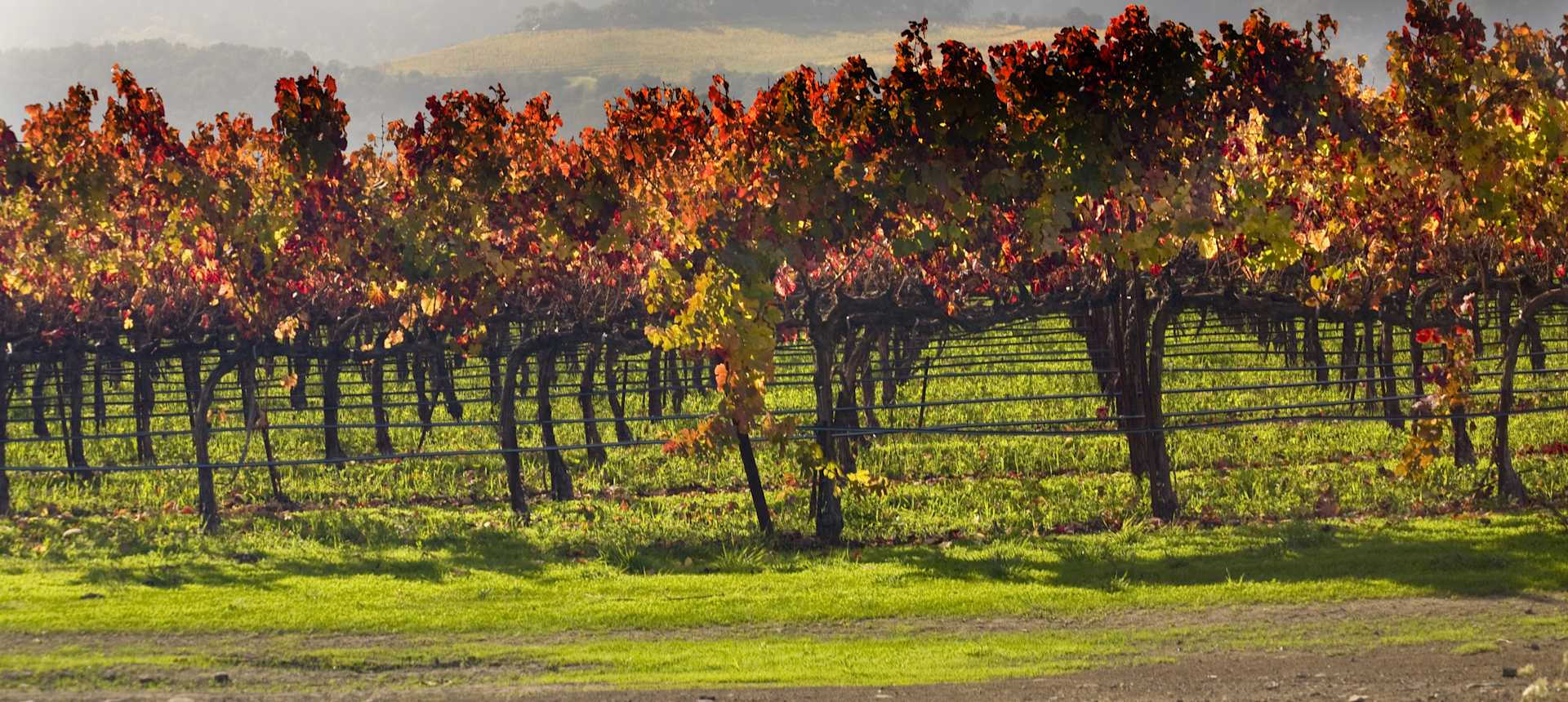
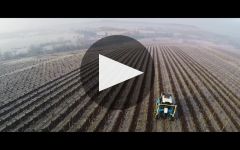
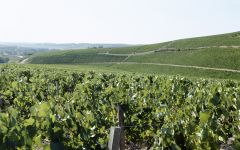
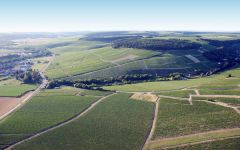
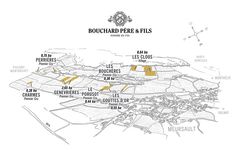
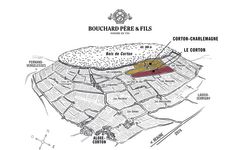
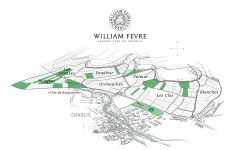
Domaine William Fèvre is a historical and environmental pioneer in Chablis. The domaine covers a total of 78 hectares, including 15 hectares of Grand Cru vineyards as the largest Grand Cru landowner in Chablis. The domaine is also comprised of 16 hectares of Premiers Crus, including icons such as Vaulorent, Montmains, and Les Lys, among many others. William Fèvre has been committed to a strong environmental approach for more than 20 years, receiving their HVE3 certification in 2014. Domaine William Fèvre does everything possible to express the most subtle variations in Chablis' climats and to offer wines that give everyone, from novices to connoisseurs, the opportunity to enjoy an experience characterized by a superb expression of purity and minerality.

One of the most popular and versatile white wine grapes, Chardonnay offers a wide range of flavors and styles depending on where it is grown and how it is made. While it tends to flourish in most environments, Chardonnay from its Burgundian homeland produces some of the most remarkable and longest lived examples. California produces both oaky, buttery styles and leaner, European-inspired wines. Somm Secret—The Burgundian subregion of Chablis, while typically using older oak barrels, produces a bright style similar to the unoaked style. Anyone who doesn't like oaky Chardonnay would likely enjoy Chablis.

The source of the most racy, light and tactile, yet uniquely complex Chardonnay, Chablis, while considered part of Burgundy, actually reaches far past the most northern stretch of the Côte d’Or proper. Its vineyards cover hillsides surrounding the small village of Chablis about 100 miles north of Dijon, making it actually closer to Champagne than to Burgundy. Champagne and Chablis have a unique soil type in common called Kimmeridgian, which isn’t found anywhere else in the world except southern England. A 180 million year-old geologic formation of decomposed clay and limestone, containing tiny fossilized oyster shells, spans from the Dorset village of Kimmeridge in southern England all the way down through Champagne, and to the soils of Chablis. This soil type produces wines full of structure, austerity, minerality, salinity and finesse.
Chablis Grands Crus vineyards are all located at ideal elevations and exposition on the acclaimed Kimmeridgian soil, an ancient clay-limestone soil that lends intensity and finesse to its wines. The vineyards outside of Grands Crus are Premiers Crus, and outlying from those is Petit Chablis. Chablis Grand Cru, as well as most Premier Cru Chablis, can age for many years.
